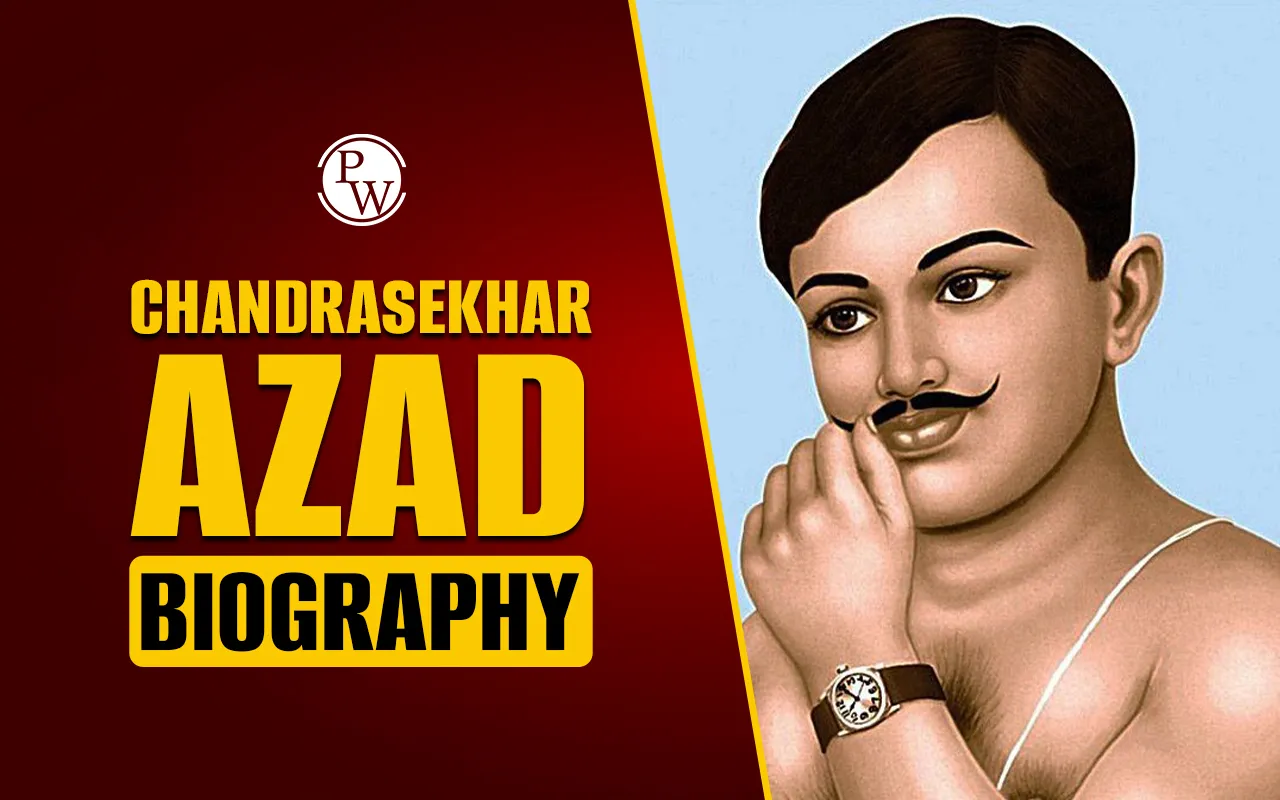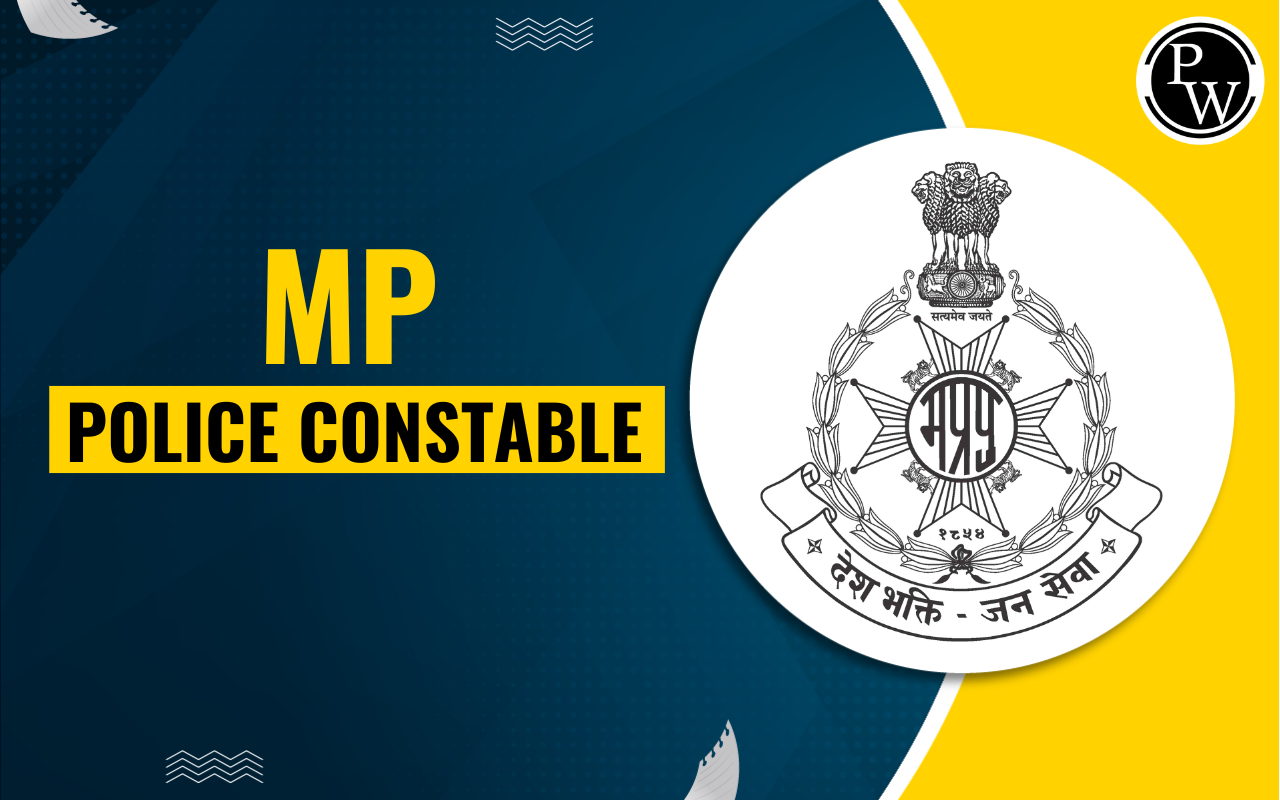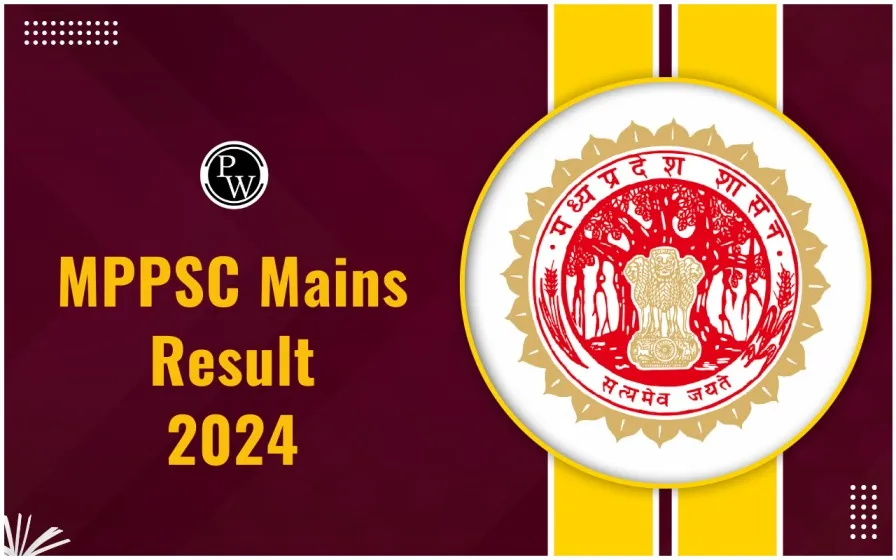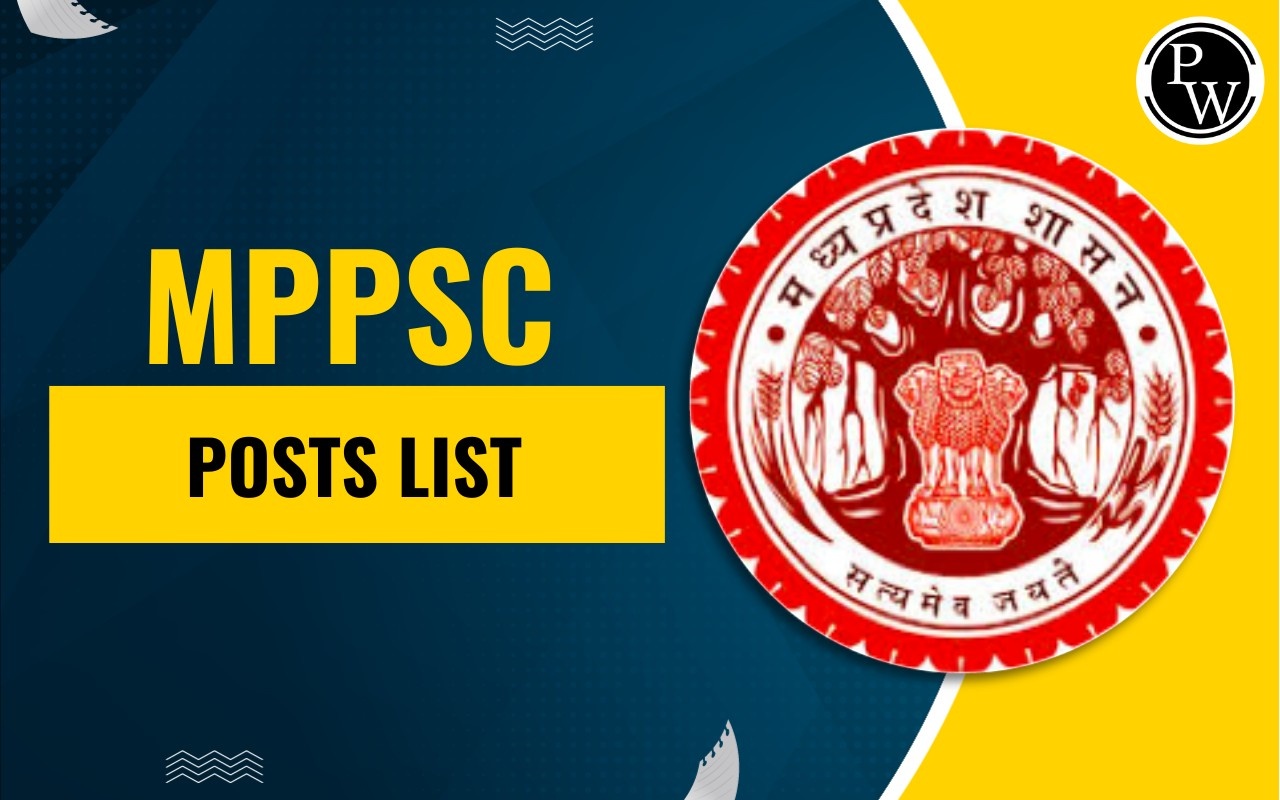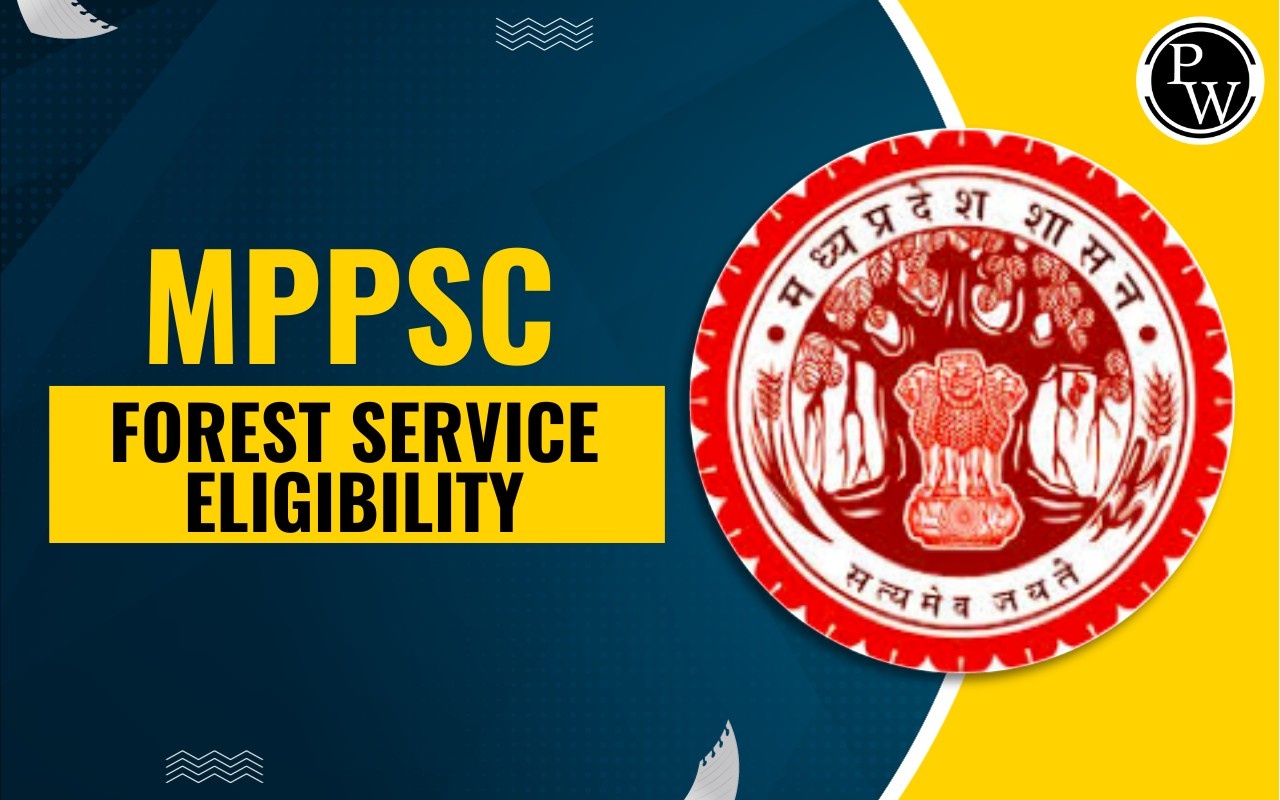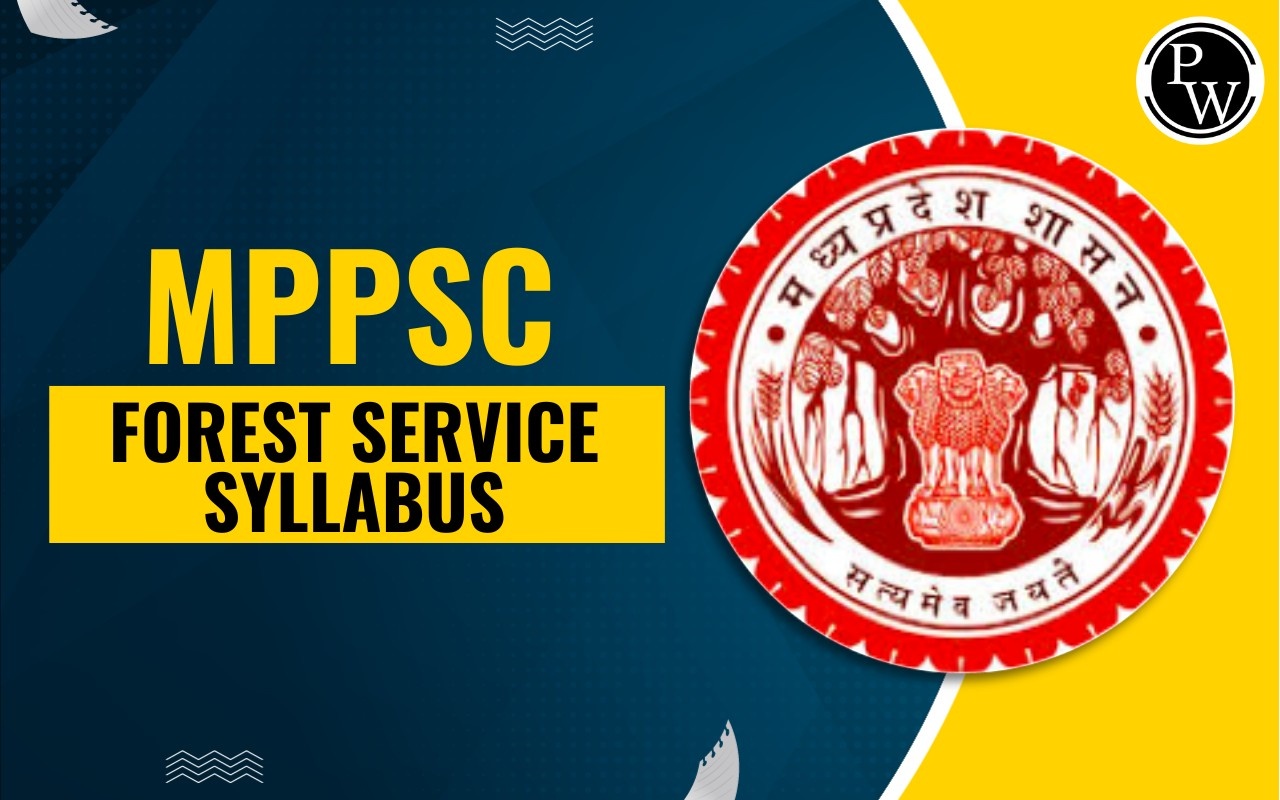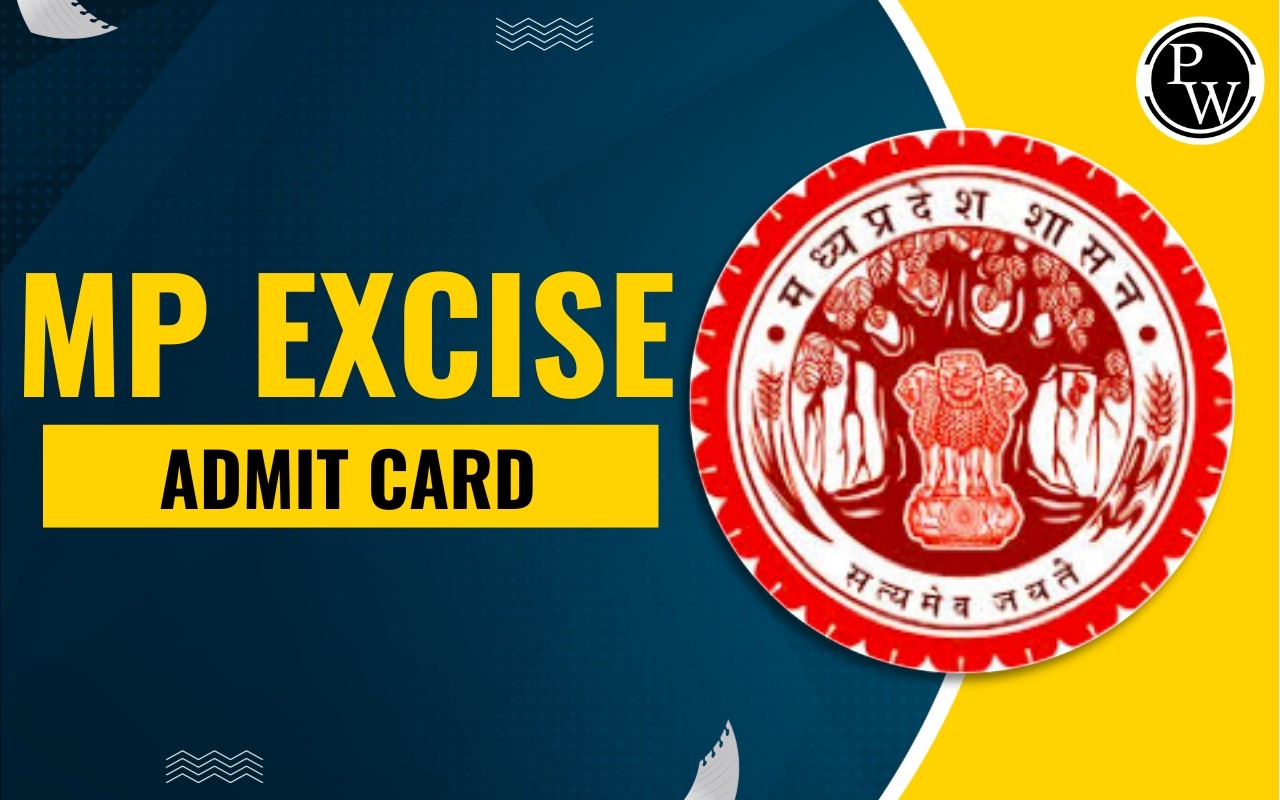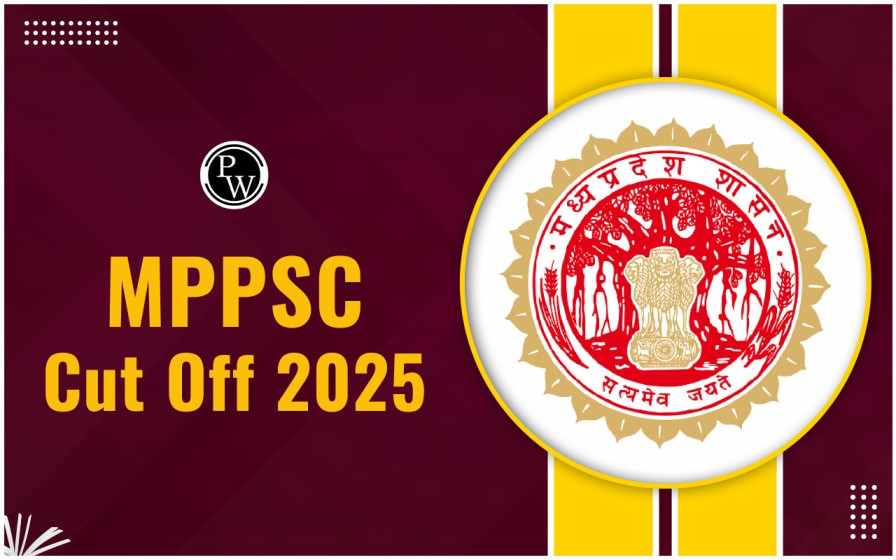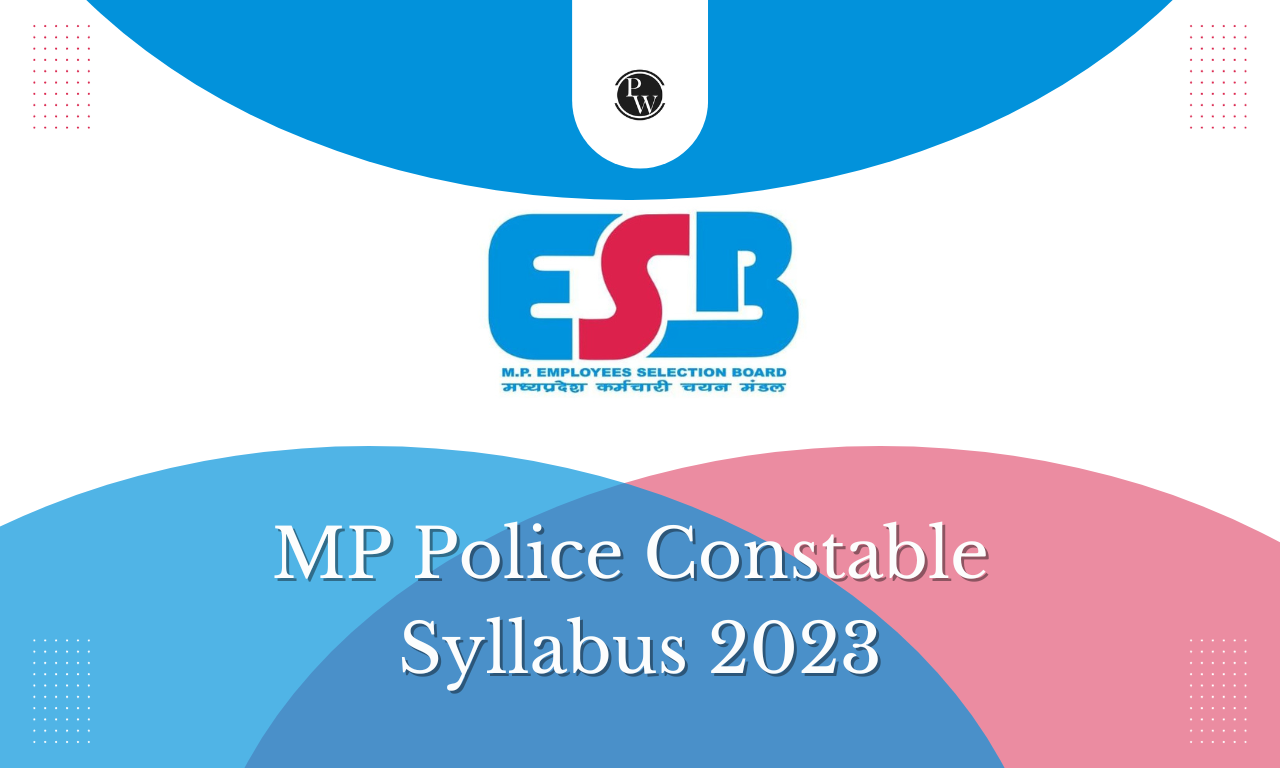
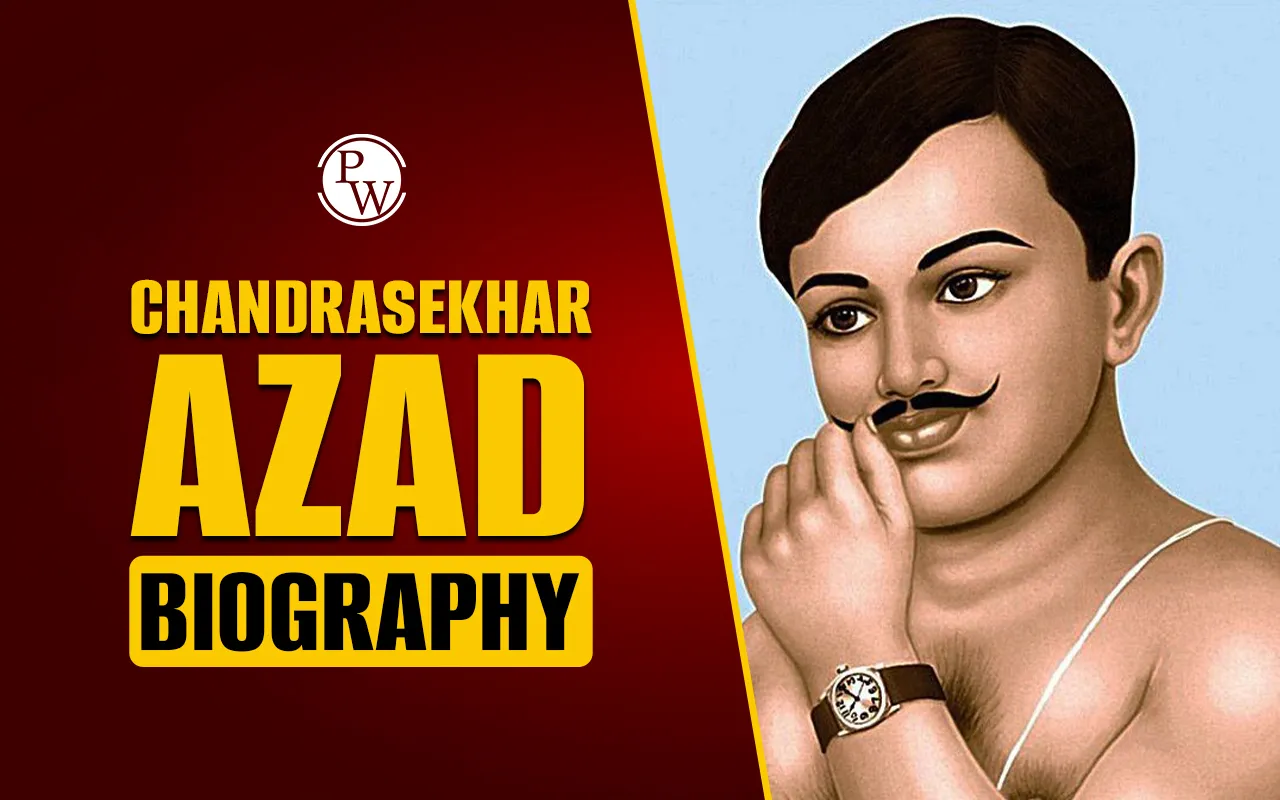
Chandrashekhar Azad Biography: Chandrashekhar Azad (born July 23, 1906 in Madhya Pradesh, India; died February 27, 1931 in Allahabad) was a prominent freedom fighter who played an important part in India's independence war. He was noted for his courage, patriotism, and fearlessness. Azad believed in opposing British tyranny with all force and never giving up. His life and sacrifices continue to inspire people to this day. He was a great hero who gave his life for India's freedom.
Also read: Horticulture in Madhya Pradesh
Chandrashekhar Azad Biography
Chandrashekhar Azad was born on July 23, 1906, in Bhabhra Village, Madhya Pradesh, which is now named Chandrashekhar Azad Nagar in his honour. He was strongly impressed by the Jallianwala Bagh tragedy in 1919, which inspired him to join India's Freedom Struggle.
His forefathers hailed from Badarka, Unnao District, Uttar Pradesh. His mother, Jagrani Devi, Sitaram Tiwari's wife, wanted his son to be a famous Sanskrit scholar and sent him to Kashi Vidyapeeth in Benares to study. He joined the Non-Cooperation Movement in 1921, when it was at its apex, as a 15-year-old student. As a result, on December 20th, he was caught and put before magistrate Justice M.P. Khareghat, where he was given the name 'Azad', his father 'Swatantra', and his abode 'Jail'. He was sentenced with 15 lashings.
Revolutionary Life of Chandrashekhar Azad
-
The Hindustan Socialist Republic Association: Chandrashekhar Azad became an active member of the Hindustan Socialist Republic Association (HSRA) and began collecting donations for the organisation, which was founded by Ram Prasad Bismil in 1928. He supported armed resistance as a means of overthrowing British control.
-
Role in Kakori Train Robbery: He was part in the Kakori Train Robbery on 9 August 1925, near Lukhnow, which was carried out to raise funds for the HSRA and other revolutionary actions. This catapulted Azad and the HSRA into the spotlight, escalating British efforts to apprehend them.
-
Other Revolutionary Activities: He was involved in the shooting of John P. Saunders in Lahore in 1928 to avenge Lala Lajpat Rai's death. In 1929, he attempted to blow up the train carrying India's Viceroy.
Legacy of Chandrashekhar Azad
Azad's courage and commitment continue to inspire successive generations of Indians. He represented selfless loyalty to the nation and unshakeable commitment to the cause of independence. His dedication to armed resistance has left an everlasting effect on Indian history.
Also read: Mini Mumbai of India
Famous Quotes of Chandrashekhar Azad
Some of Chandra Shekhar Azad's memorable slogans during the Indian Independence movement were as follows:
-
Aisi jawaani kisi kaam ki nahi jo apni matra bhoomi ke kaam na aa sake.
-
Ab bhi jiska khoon na khaula khoon nahi wo pani hai, jo desh ke kaam na aaye woh bekar jawani hai (If yet your blood does not rage, then it is water that flows in your veins. For what is the flush of youth if it is not of service to the motherland).
-
Don’t see others doing better than you, beat your own records every day because success is a fight between you and yourself.
-
I believe in a religion that propagates freedom, equality and brotherhood.
-
A plane is always safe on the ground, but it is not made for that. Always take some meaningful risks in life to achieve great heights.
Death of ChandraShekhar Azad
After being besieged by police and having run out of ammunition, Chandra Shekhar Azad shot himself and died on February 27, 1931, at Alfred Park, today known as Azad Park in Allahabad. After Veerbhadra Tiwari, their old companion who later turned traitor, informed them of his presence in the park, the police surrounded him.
Sukhdev Raj was wounded while defending himself, and he killed three police officers and injured others in the process. Sukhdev Raj managed to depart as a result of his acts. The body was carried to Rasulabad Ghat for cremation without prior notice to the general population. As soon as word spread about the tragedy, people flooded the park. They screamed anti-British chants and hailed Azad.
Also read: Biggest Mall in Bhopal
Chandrashekhar Azad Biography FAQs
Who was Chandrashekhar Azad?
When was Chandrashekhar Azad born?
What organization did Azad belong to?
What was Azad's role in the independence movement?
How did Chandrashekhar Azad die?

